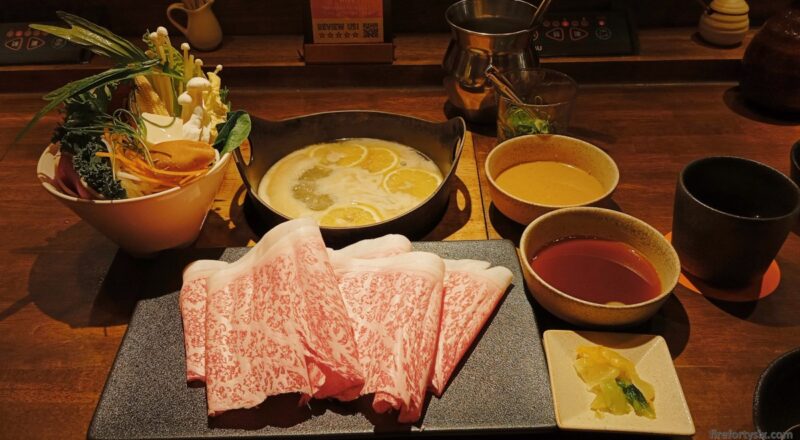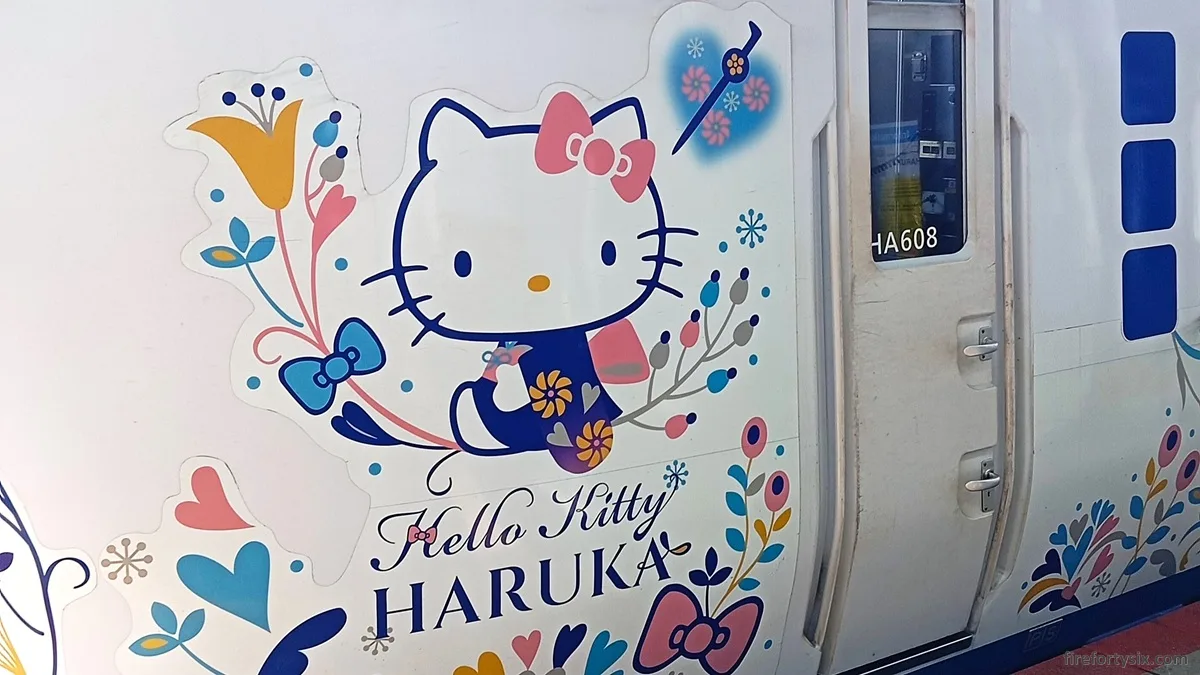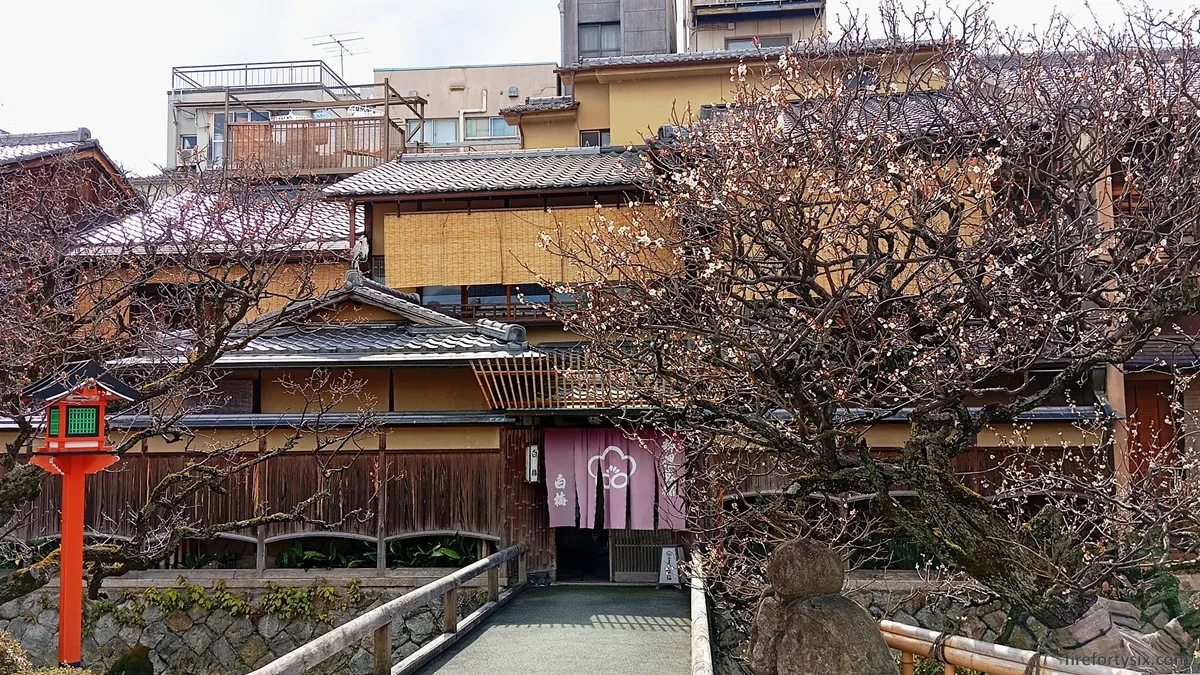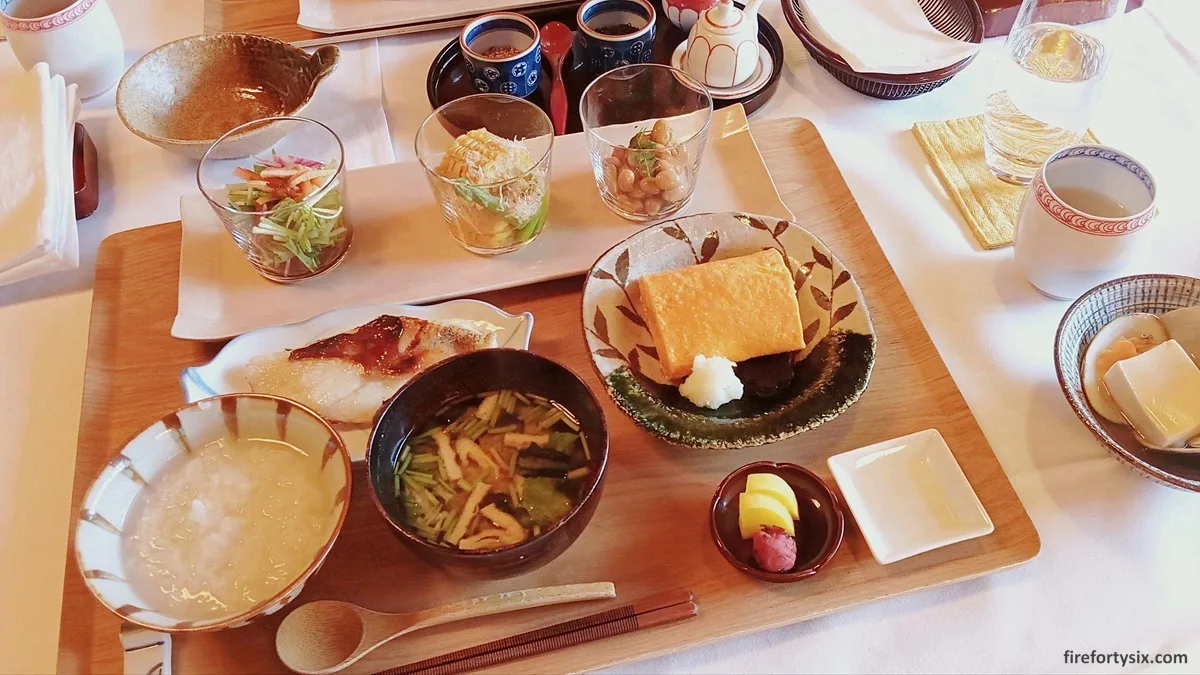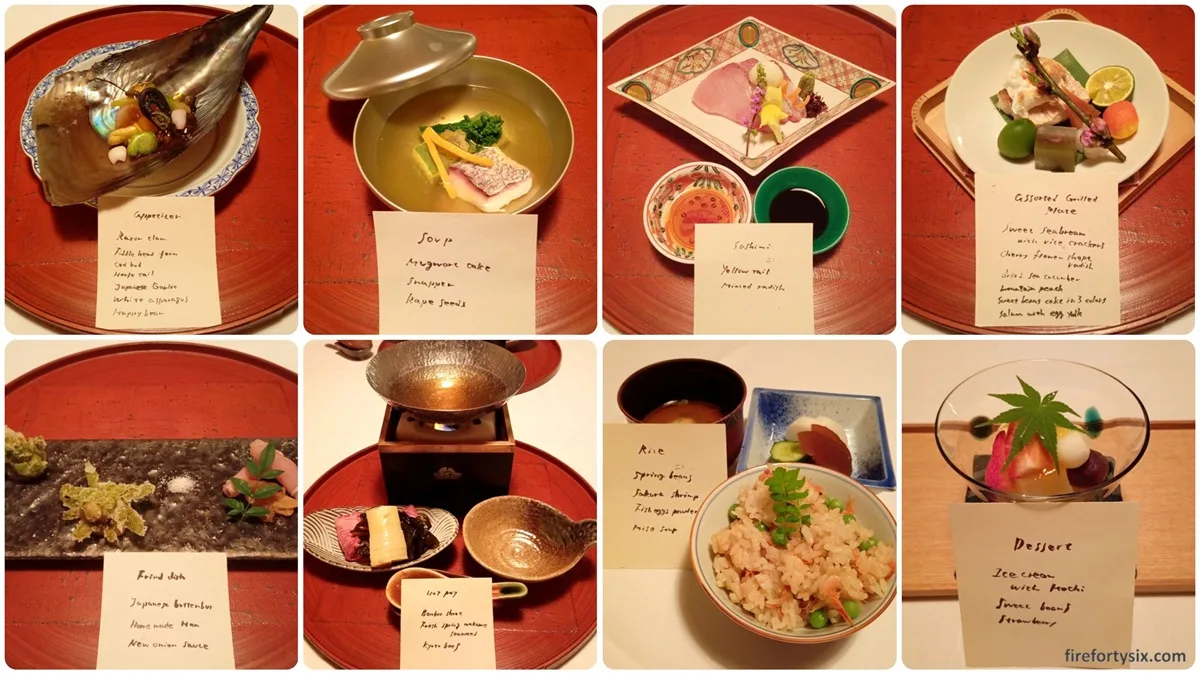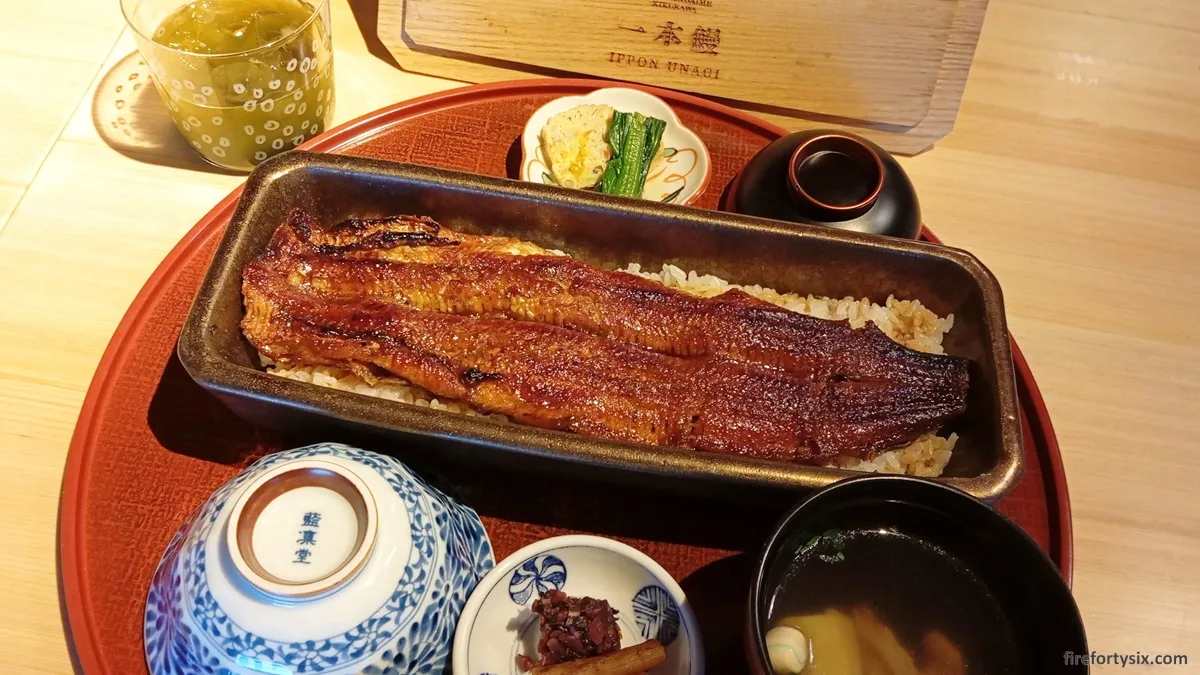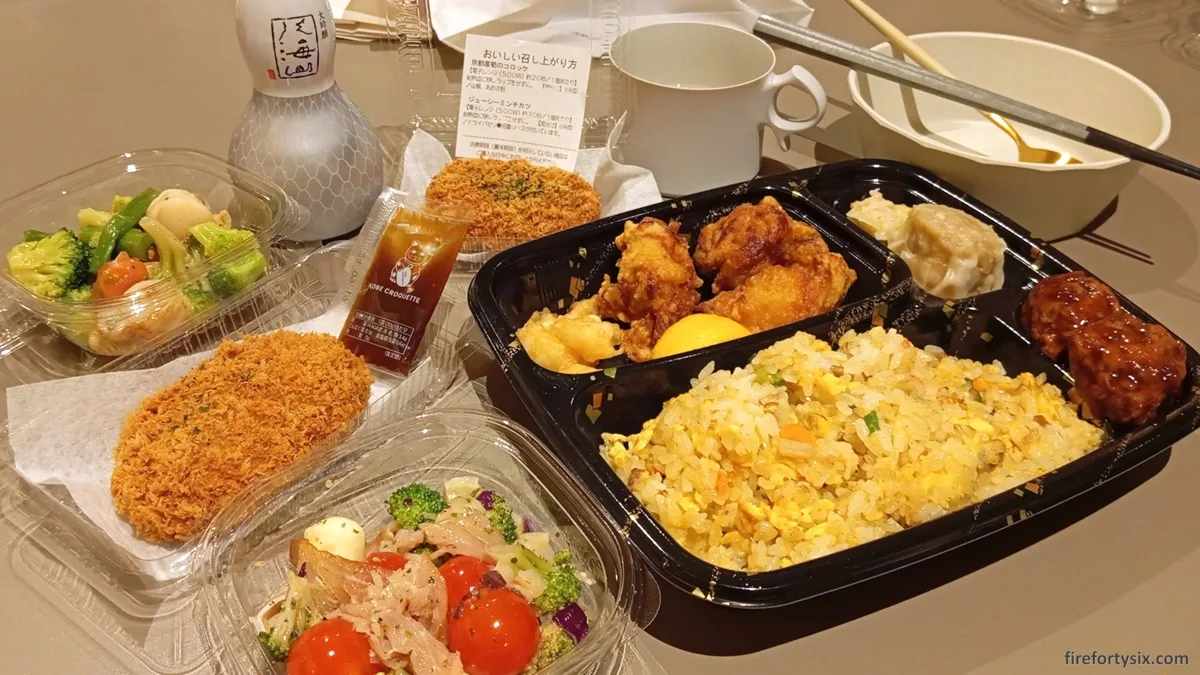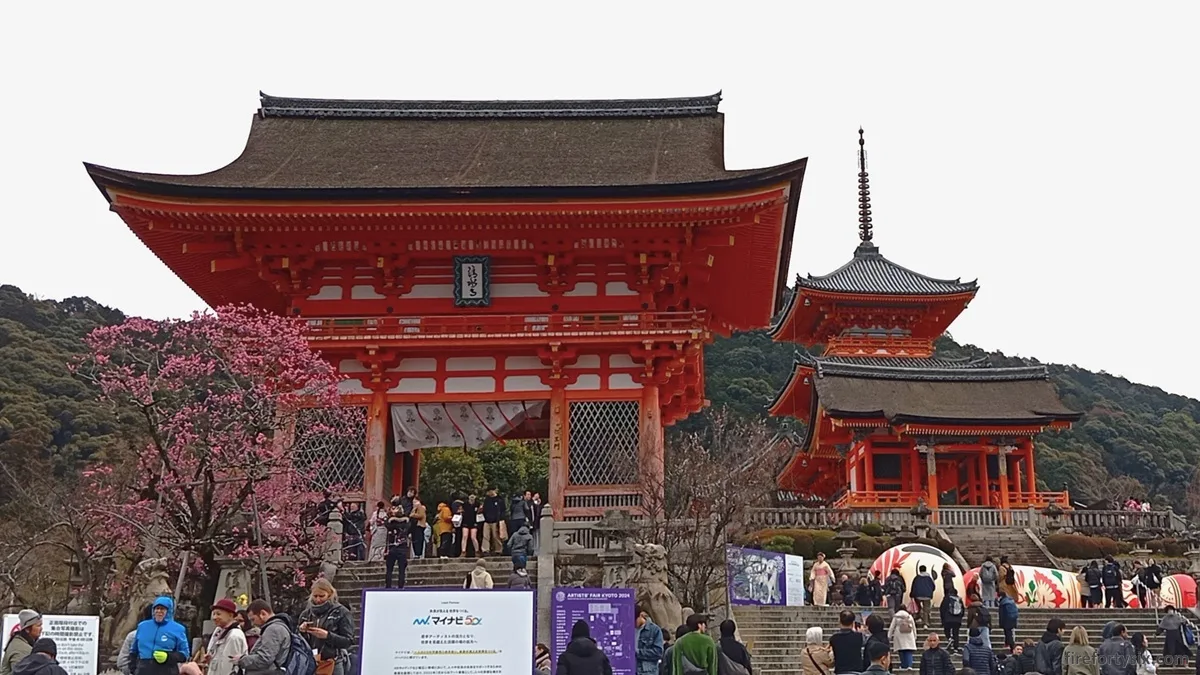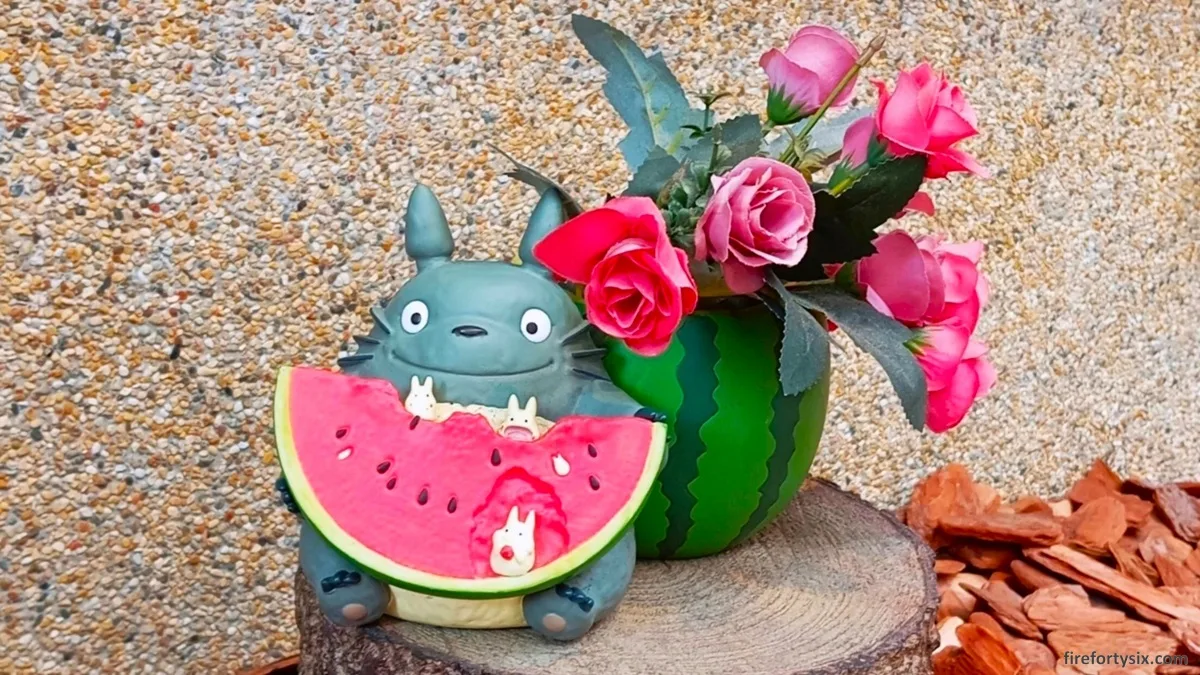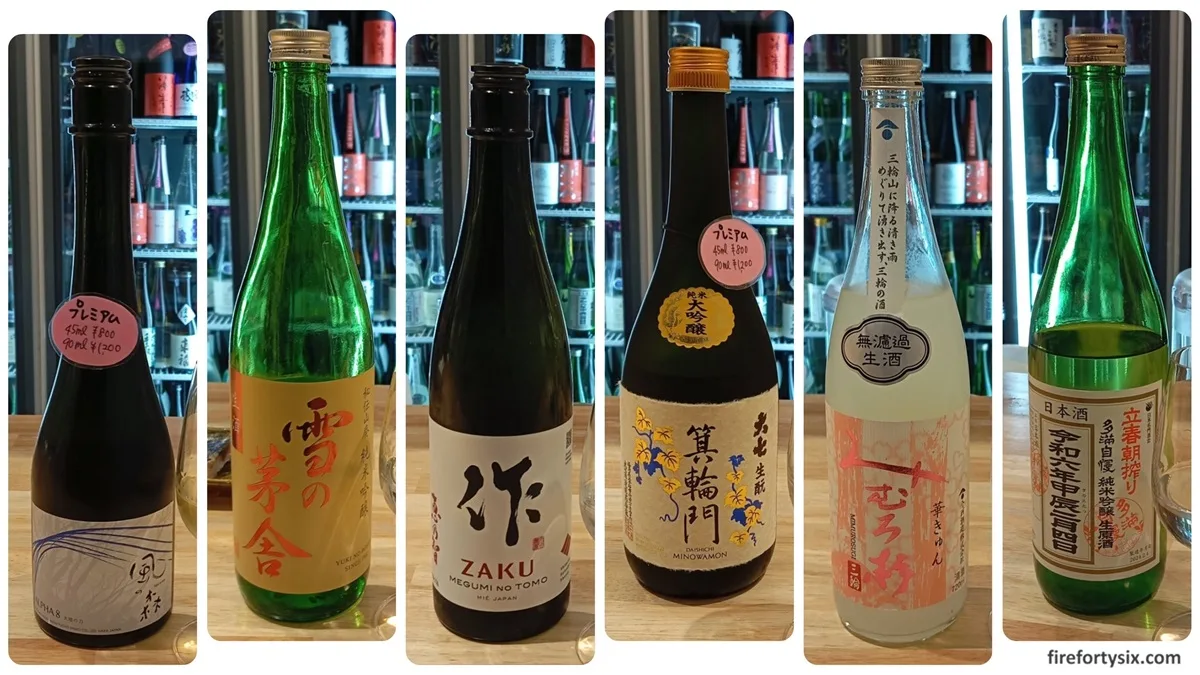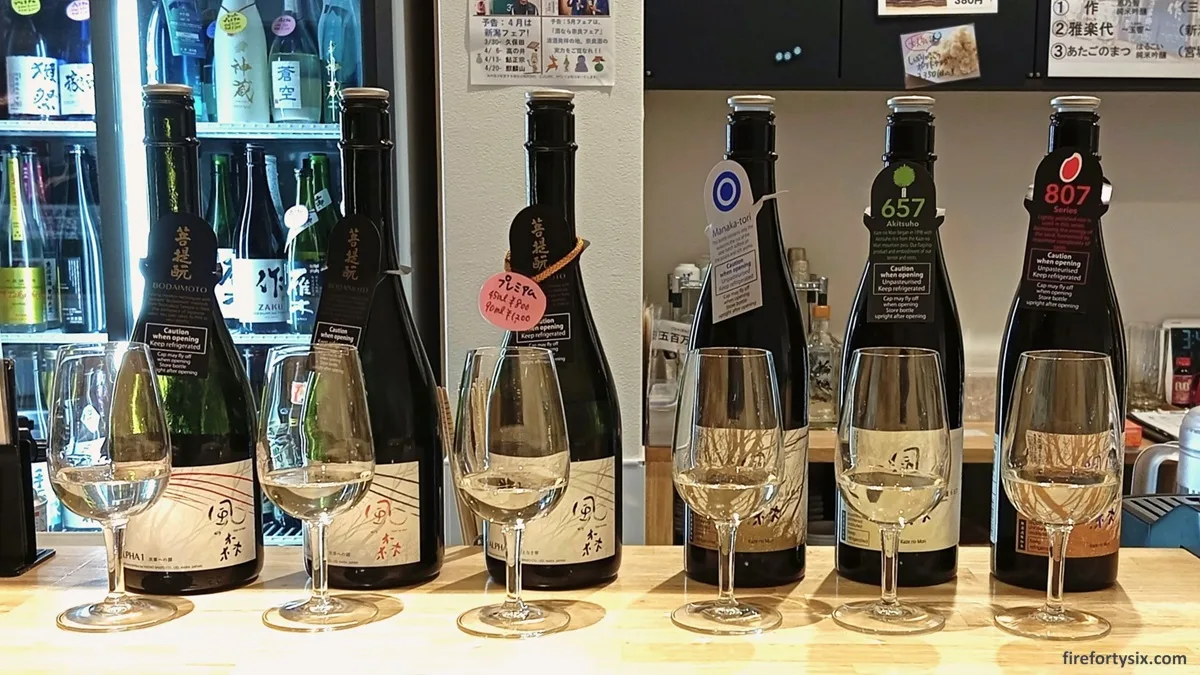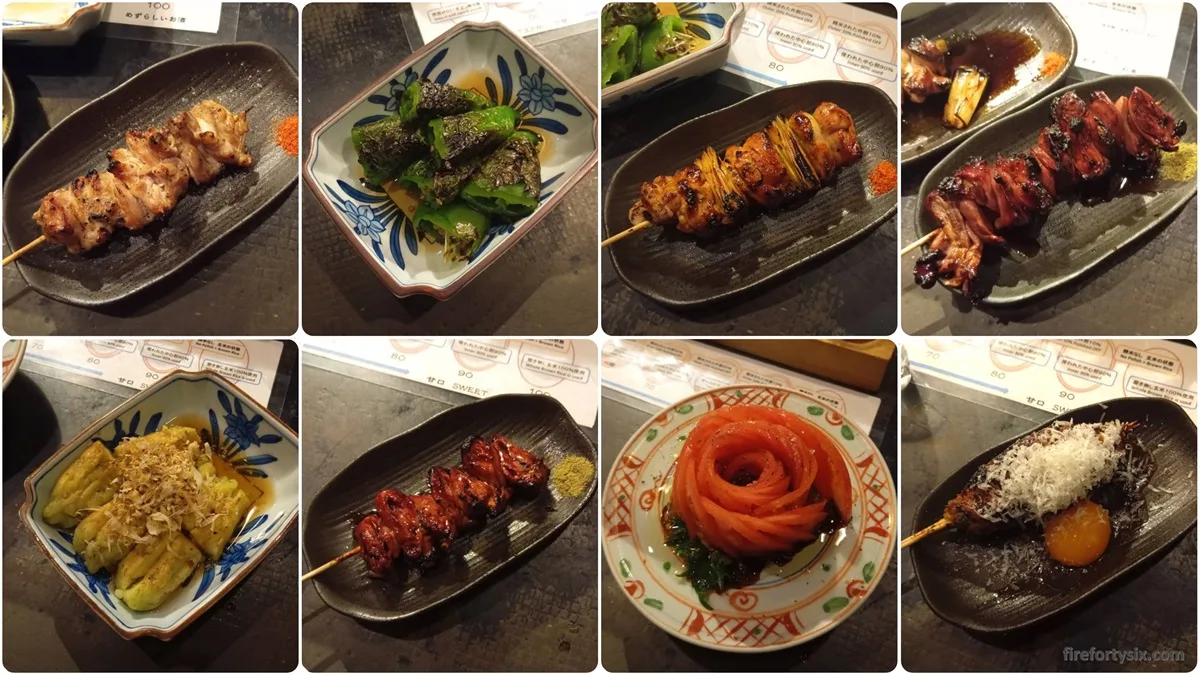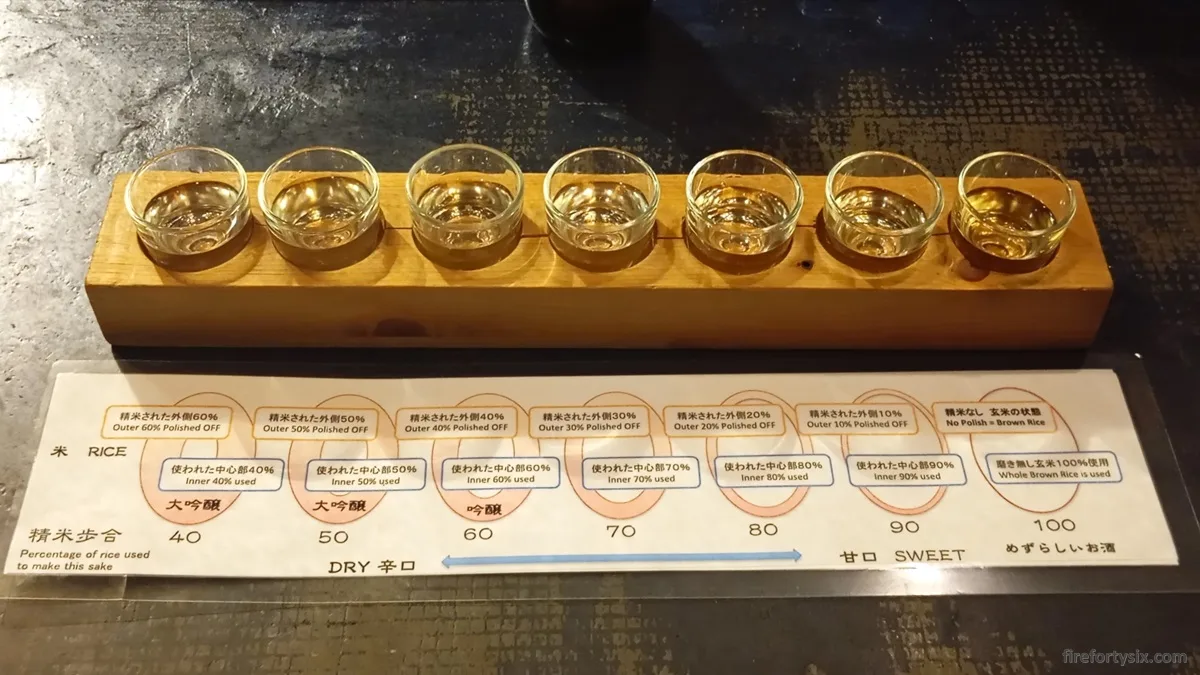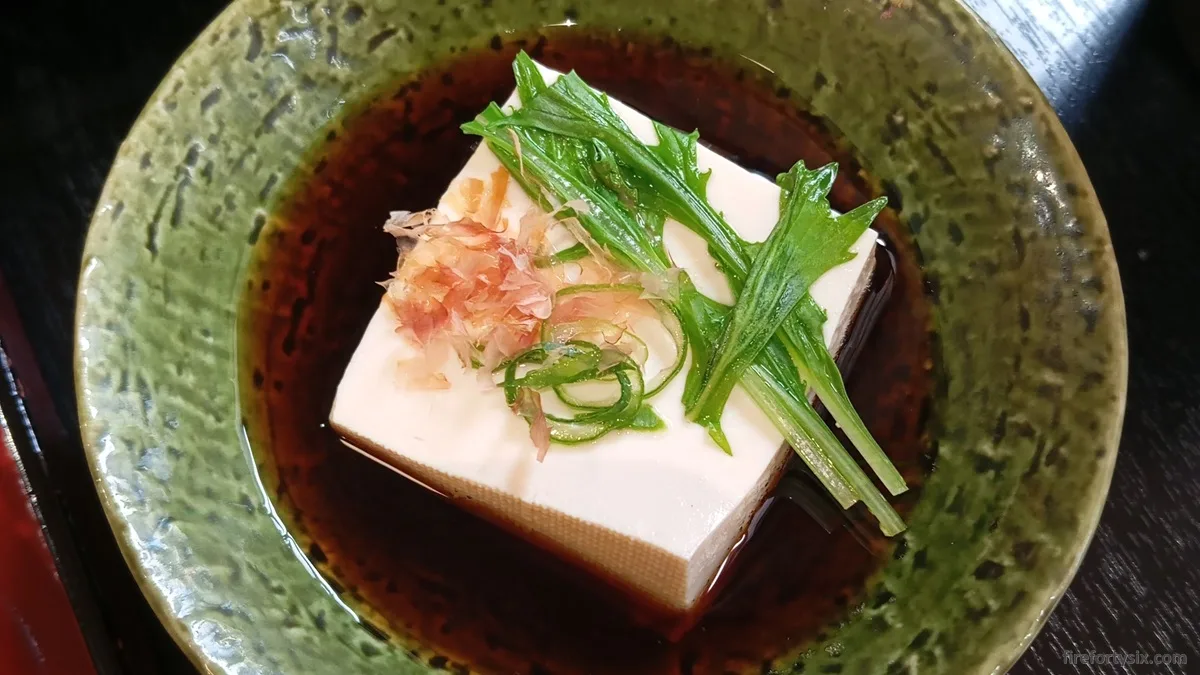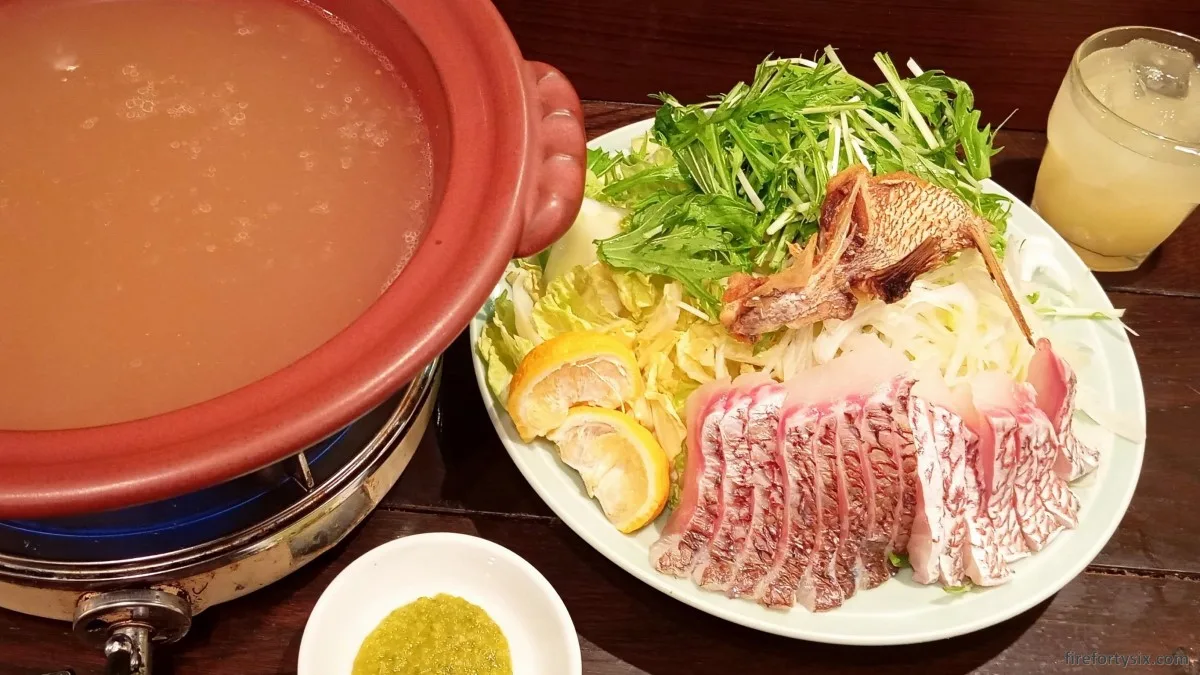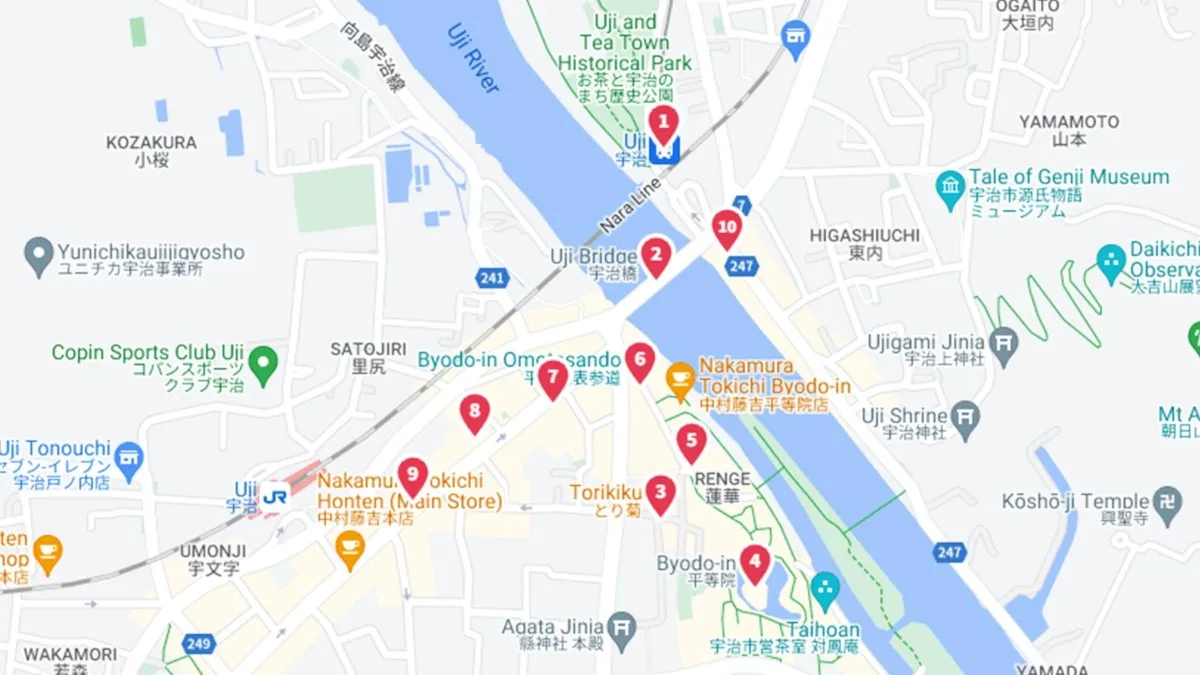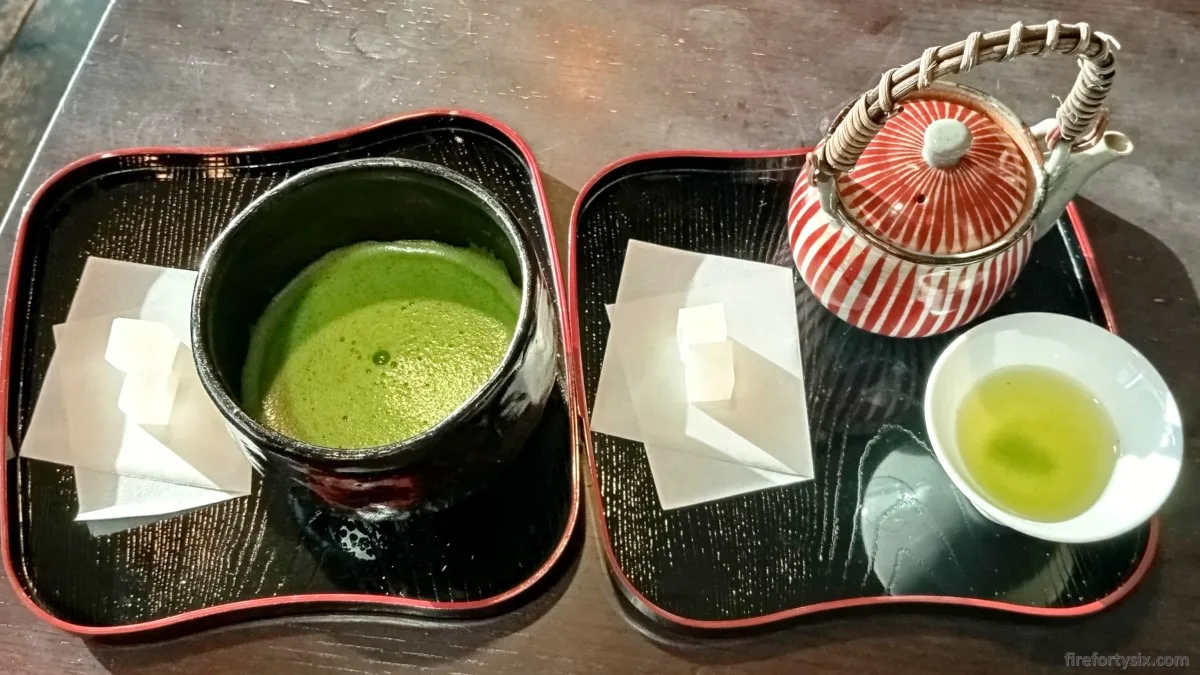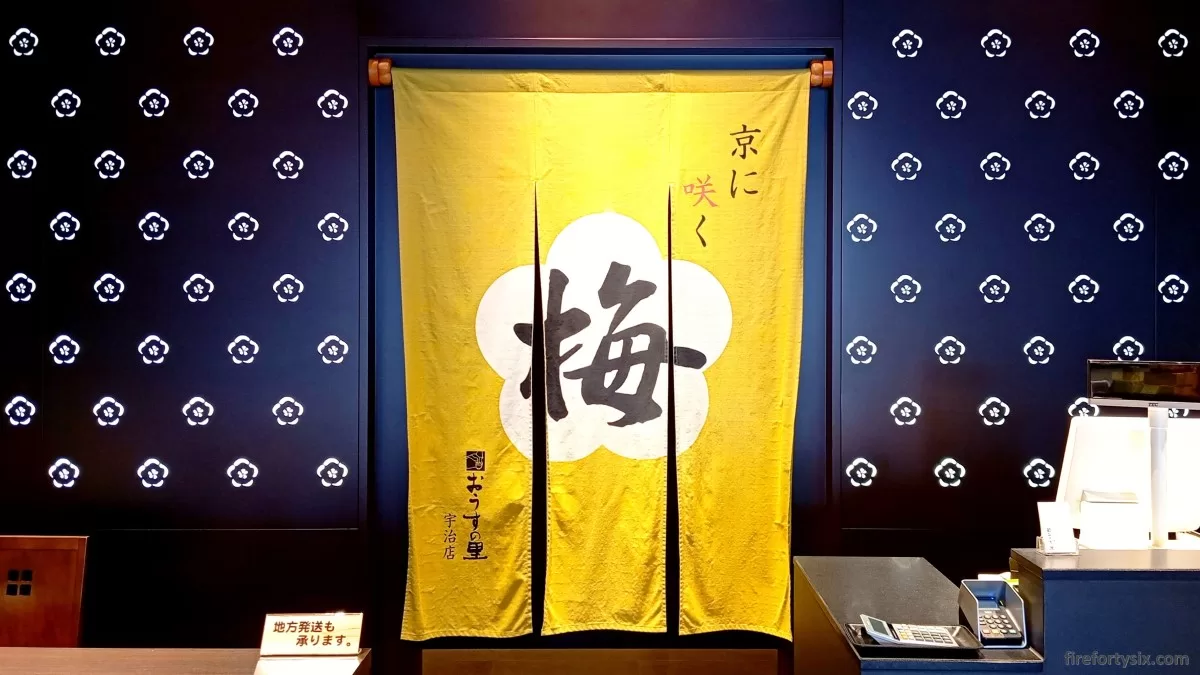I like Japanese food in general, but I have a particular soft spot for beef sukiyaki.
So, while planning our Osaka travel itinerary, I made sure to find a restaurant to enjoy it as early as possible.
It’s not everyday food, and prices can get really crazy, really quickly. Especially when high-quality Japanese wagyu comes into the picture.
Cost-performance is always important, and I wasn’t prepared to spend a fortune chasing the best Kobe, Matsusaka, Ohmi, Hida or Miyazaki beef.
I figured that any domestically-bred cow would suffice. And practically speaking, our palettes aren’t sophisticated enough to tell the difference anyway.
Shabuwara (しゃぶ笑)
Eventually, Shabuwara in Namba was selected. It had a high Google Maps rating of 4.5⭐/5.0 (518 reviews) and was only a short 8 minute walk from Fraser Residence Nankai, where we were staying.
For a second opinion, and to also get a sense of how locals view the restaurant, I looked it up on tabelog.com, the definitive guide to restaurants in Japan.
It was awarded 3.12⭐/5.00 (across 17 reviews), which, when taken at face value, seems underwhelming.
But I’ve been educated by my Japanese friends a long time ago, that tabelog ratings work on a totally different scale.
Where:
>2.50 = Acceptable
>3.00 = Good
>3.50 = Very Good
>4.00 = Exceptional
By that measure, 3.12 was a decent score and definitely good enough for me.
My confidence was further boosted when we saw a crowd control barrier and a long line of empty stools sitting beside the entrance.

There were two possible conclusions that could be drawn.
Either (i) the restaurant was really popular and attracted long queues, or (ii) their marketing team was well-versed in psychological tactics. I’m inclined to believe that it’s the former.
Dinner service starts at 5:00pm, and since we usually eat early, we arrived just after they had opened. Even at such an early hour, half the counter seats were already taken.
Menu
Ordering was a straightforward two step process. First, choose between shabu shabu or sukiyaki. And if you go with shabu shabu, select the flavour of your soup broth out of the seven options.
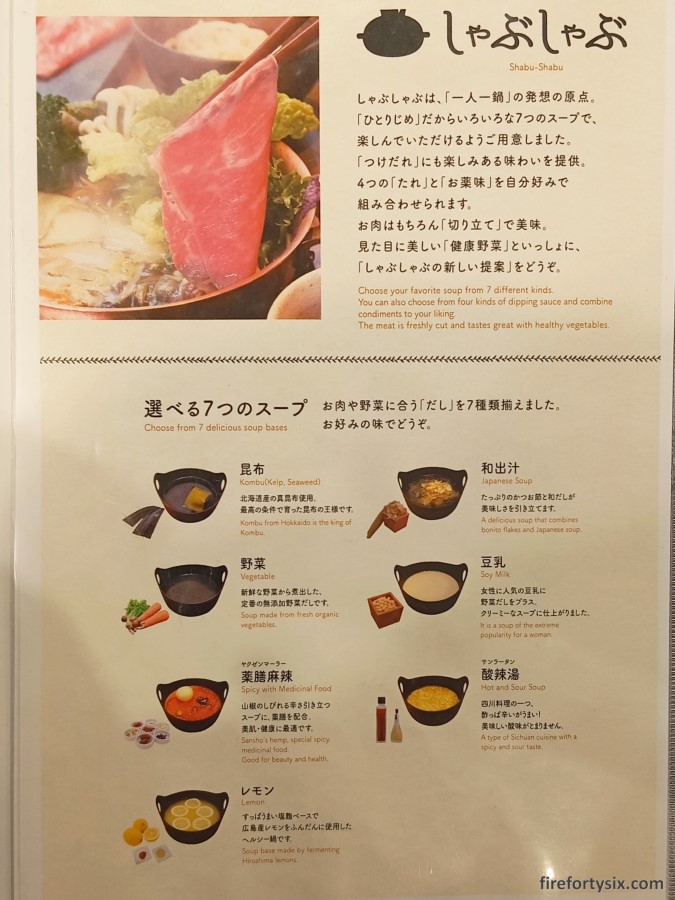
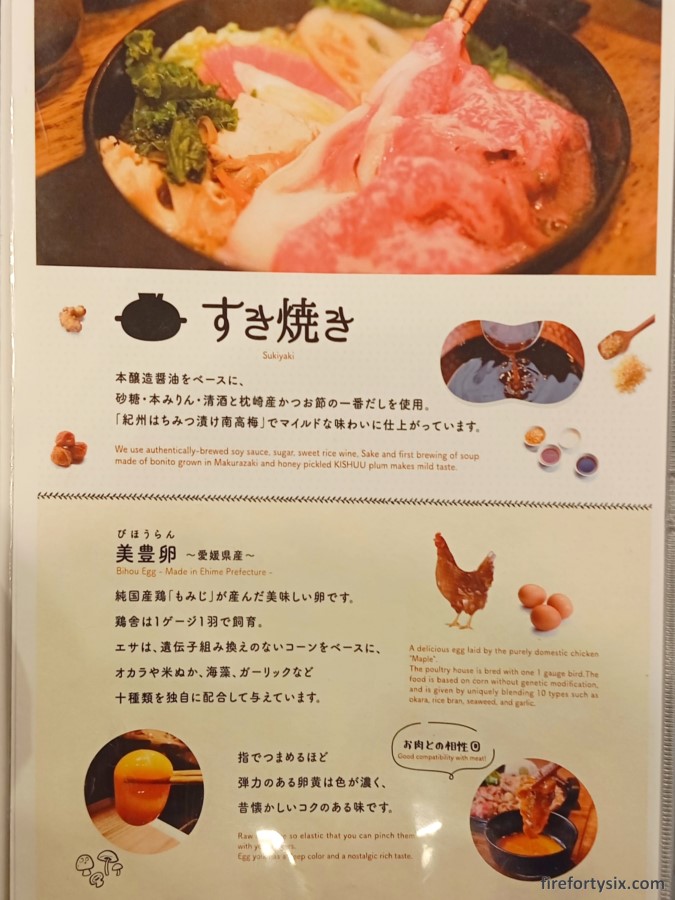
Second, decide if you want beef or pork, or both. For each meat, different grades are available, with prices that escalate accordingly. As expected, the cheapest ones are imported, starting from ¥1,930 for pork and ¥2,630 for beef.
Domestic pork is one step higher at ¥2,980, followed by domestic beef (¥3,480), Osaka wagyu (¥7,680) and finally Kobe wagyu (¥11,800). If the standard portion isn’t enough, you can order more meat for an additional fee.
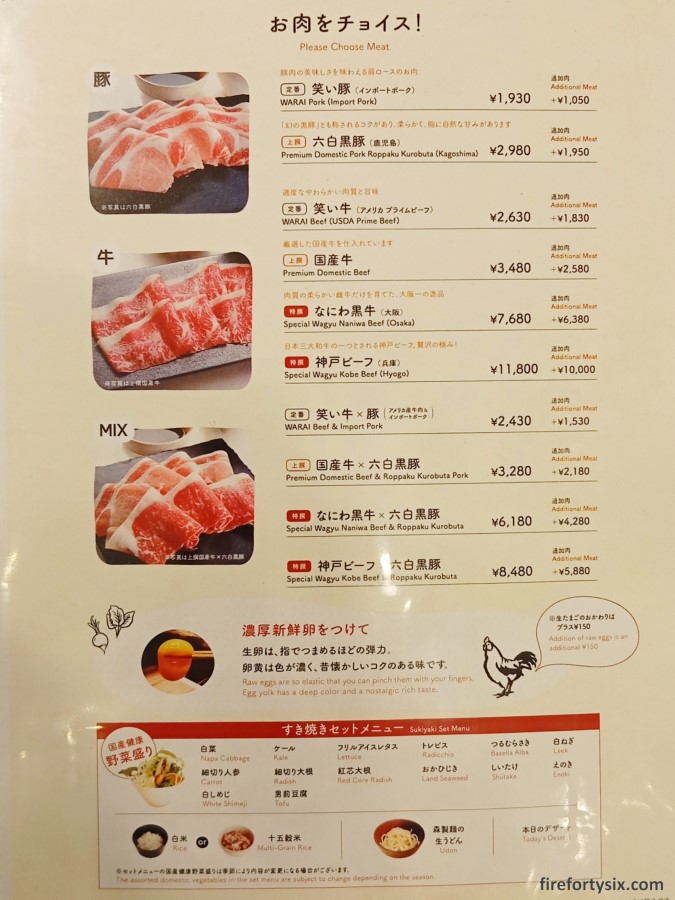
An entire page of the menu was dedicated to describing the more premium options, complete with enticing photos of the beautifully marbled cuts.
They were also quite proud of the accompaniments to the meal, providing photos and write ups of their vegetables, sauces and rice.
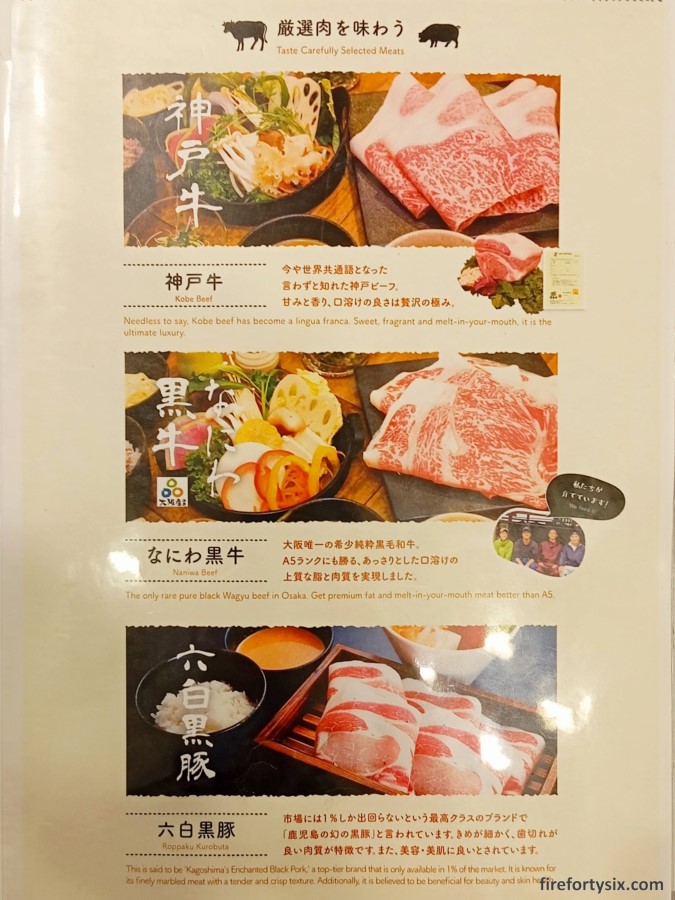
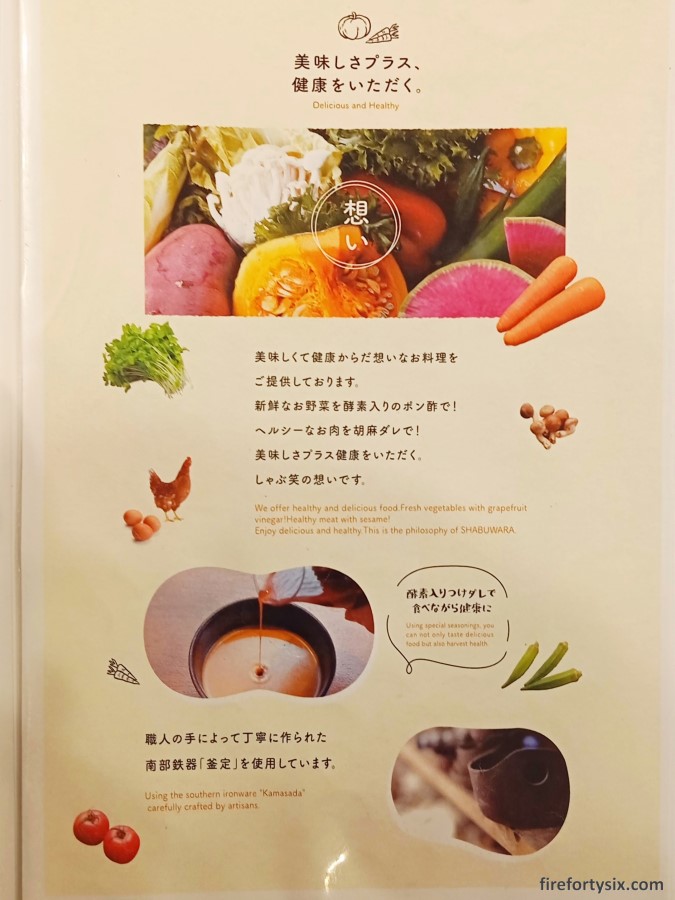
Naturally, I chose sukiyaki, and opted for the domestic beef, which offered the best cost-performance.
The Wife went with the domestic beef as well. But instead of sukiyaki, she decided on shabu shabu instead. Primarily because she was curious about the broth made from fermented Hiroshima lemons.
Shabu Shabu
Service was super quick, and almost immediately after we placed our orders, individual cast iron pots were placed on the induction stovetops in front of us. Followed by a colourful and prettily-arranged bowl of vegetables, sauces, rice and pickles.
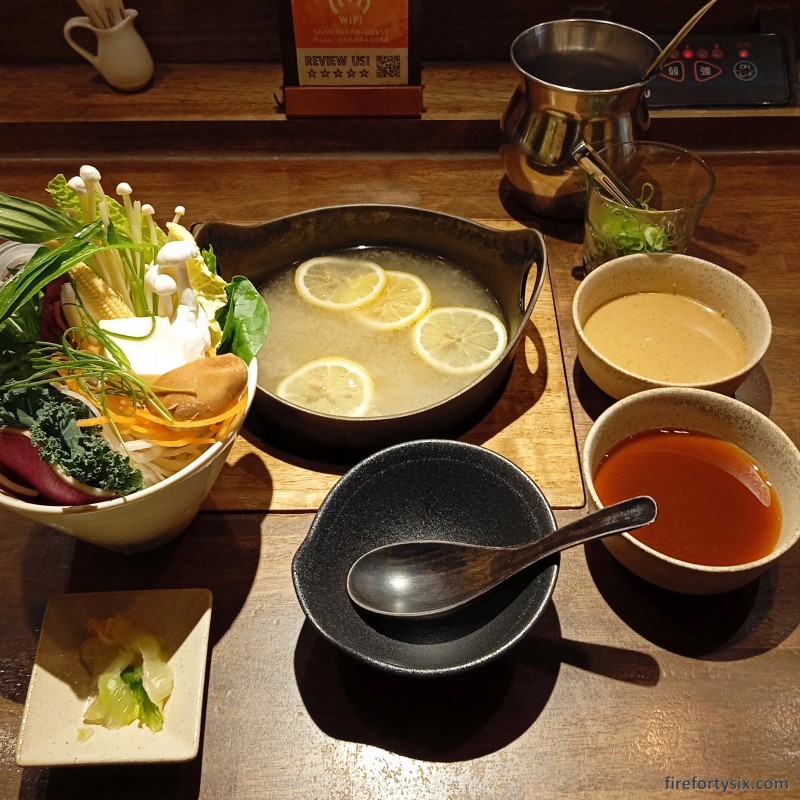

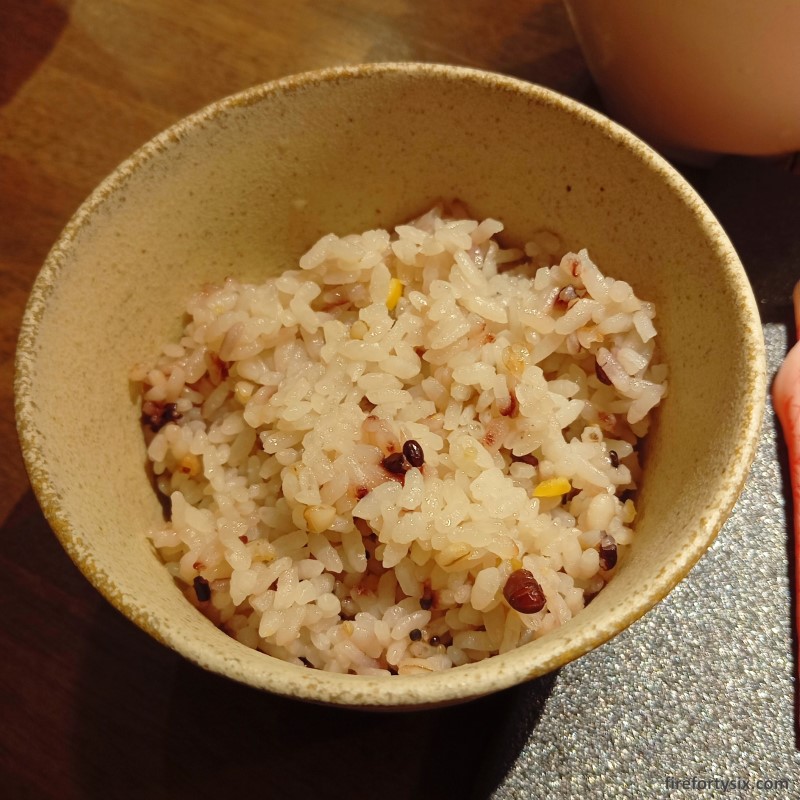
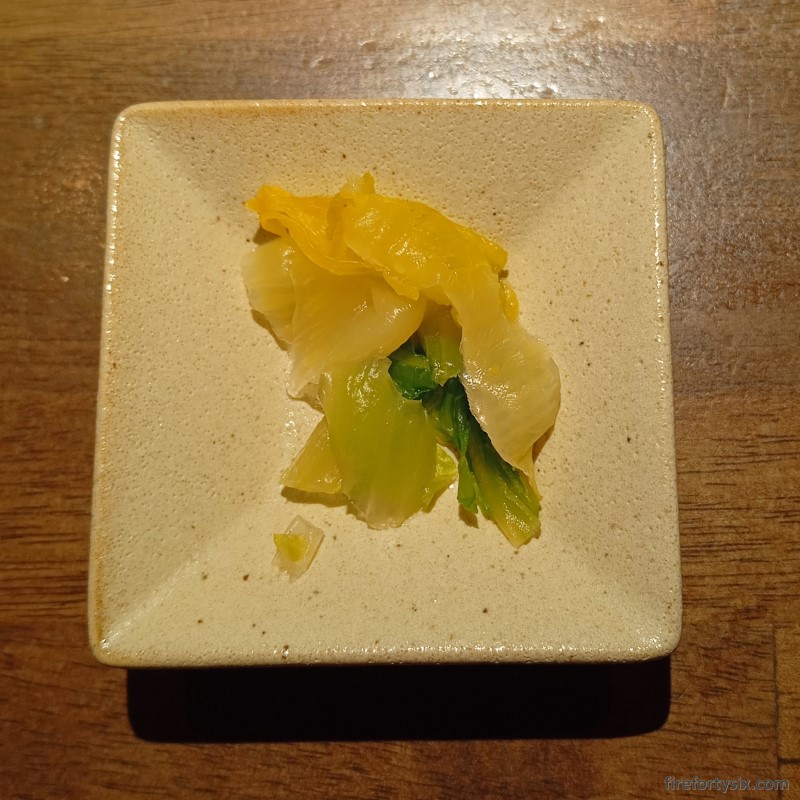
The beef was served on a black stone slate, a perfect canvas that accentuated the beautiful marbling. Each piece was sliced thinly, but not too thinly, and stacked one on top another.
Even though we picked the entry-level domestic wagyu, and not the fancier Osaka or Kobe versions, it still looked very impressive.
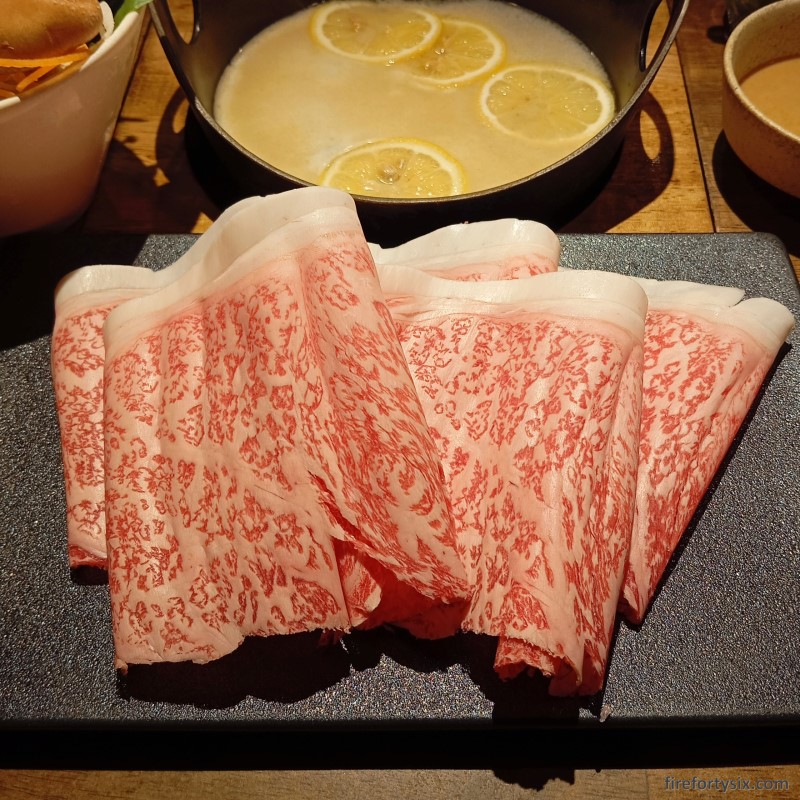
The Wife quickly said her “itadakimasu” and happily started shabu shabu-ing away.
Sukiyaki
I, on the other hand, had to wait. Because the staff insisted on preparing the very first piece. And it wasn’t just any staff, but the restaurant manager herself.
A slice of beef went in first and was lightly swirled around, followed by the sauce and then a splash of hot water. After the mixture started bubbling, thin slices of watermelon daikon and a sprig of greens were added.
Throughout the night, she would repeat this ritual for all customers who ordered sukiyaki.
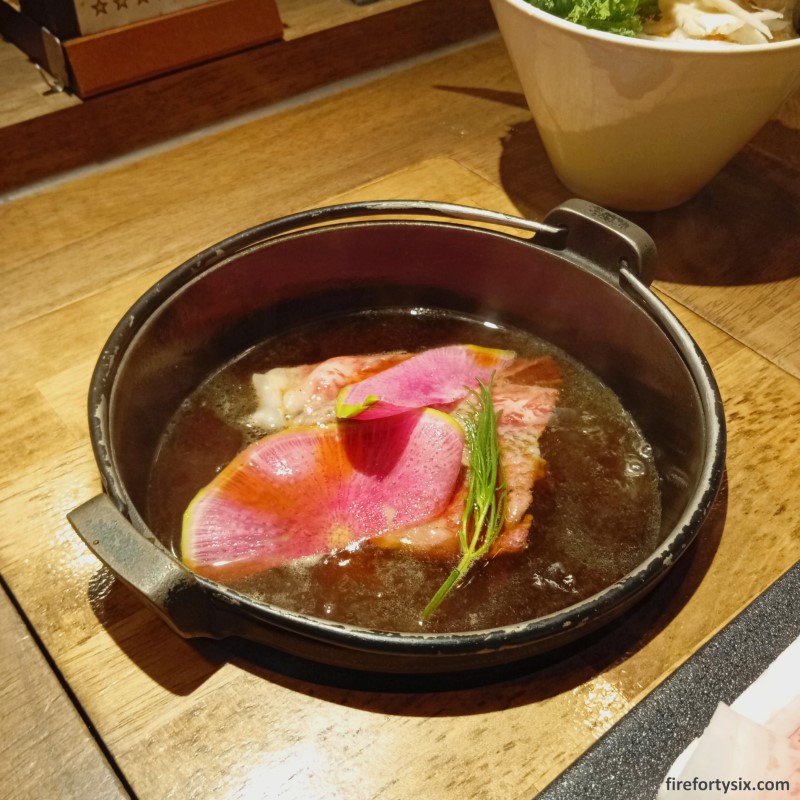
She ended by placing a small bowl containing a raw chicken egg, pointed to it and simply said: “Sauce.”
I’m a sukiyaki veteran and knew immediately what she meant. I picked up my chopsticks and proceeded to beat the yolk and egg white until I achieved a uniform consistency.
Raw eggs are not my cup of tea, but I make an exception when in Japan. Their hygiene standards and quality control are unparalleled, and this Bihou egg from a Maple chicken from Ehime prefecture was honto oishii.
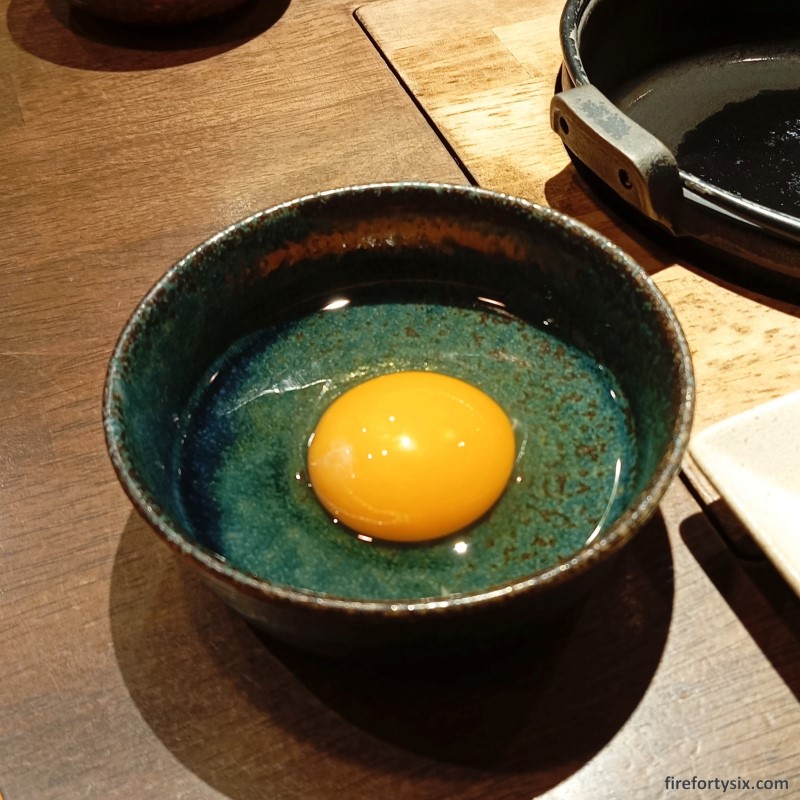
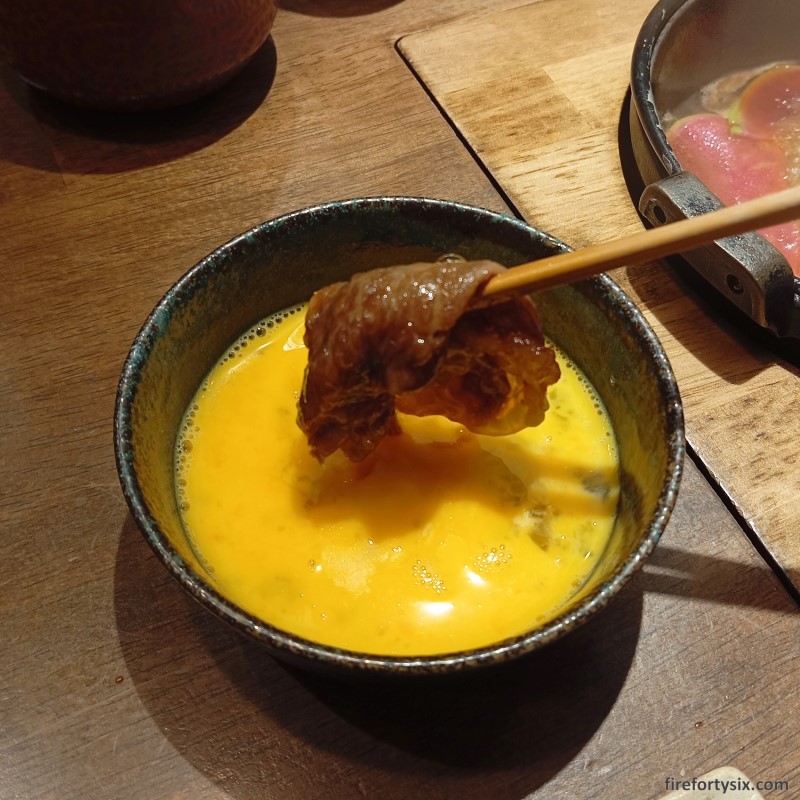
Plus, I figured any bacteria would be easily killed by my glass of nama biru. Specifically, a cold and refreshing Suntory Premium Malts, straight from the tap.
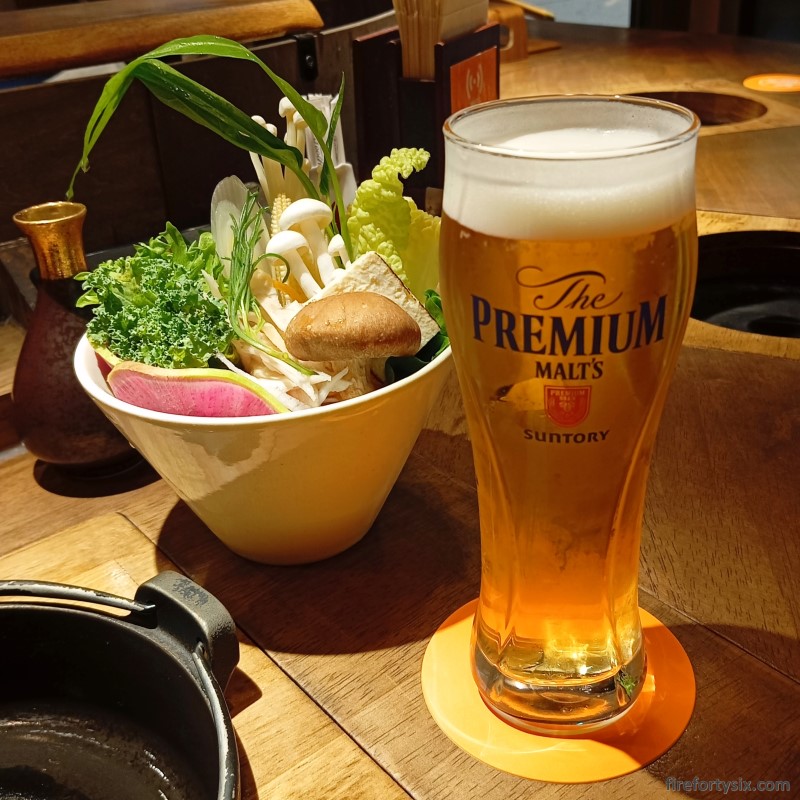
The beef tasted exactly as it looked. It was juicy, flavourful and everything you’d expected from good Japanese wagyu. It was great in both my sweet and umami sukiyaki, as well as The Wife’s citrusy shabu shabu.
As we were happily enjoying our meal, I noticed that the restaurant had completely filled up. Not only that, a queue had started building up outside. Okay, I was convinced that the stools weren’t there for psychological reasons.
The Kobe wagyu was more than three times the price of our “vanilla” wagyu, but I simply couldn’t see how it would taste three times as good.
Second Round
And since we didn’t go with the more expensive breed of cow, we compensated by doubling up on our domestic wagyu. I even ordered an extra egg, as my first one was running low.
We were too engrossed with eating to take pictures of our additional portions, but here’s a photo montage to give you an idea of how much we had that night in total.




It was a lot of meat, and halfway through my second portion, I hit the wall. The proverbial meat wall. I really wanted to finish all my beef, but my stomach disagreed.
The Wife didn’t have any issues whatsoever, and happily inherited my half. The lemon broth must have helped cut the oiliness from all the marbling, and allowed her to go the distance.
On hindsight, we probably should have shared just one extra portion. But we were caught up in the heat of the moment and decided to yolo. Lesson learnt.
Eventually, all the food was consumed and a single scoop of yuzu sorbet was served to end our marathon meal. Whatever indigestion I had was cured by this simple yet refreshing dessert.
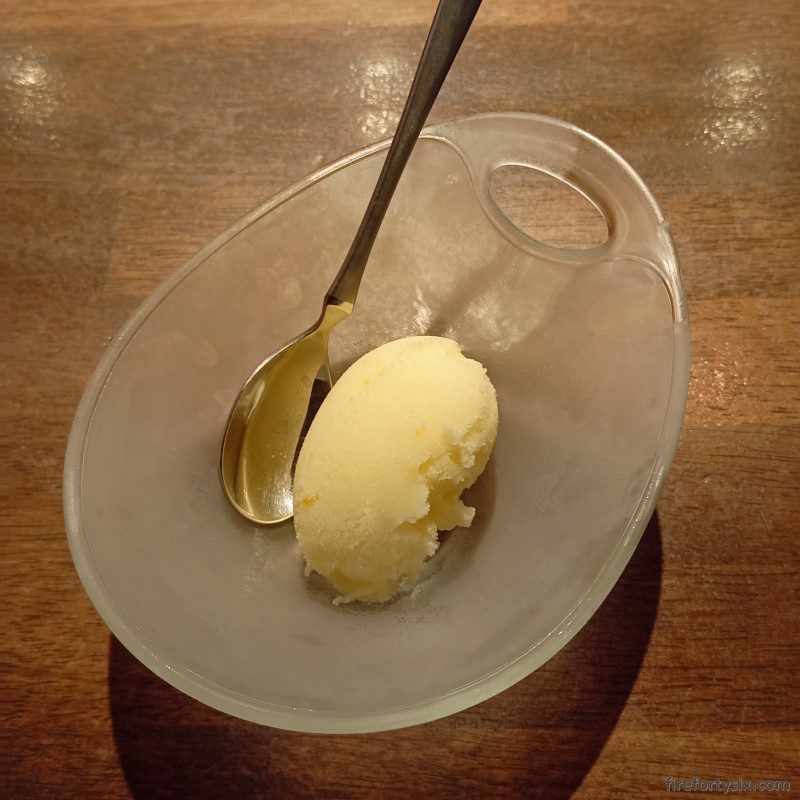
Final Bill
Our bill that night came up to ¥12,970, which was a good price for the quality and quantity of what we had.
I can see why Shabuwara has such a high rating on Google Maps. It’s especially friendly for solo travelers, since each diner gets their own pot to cook in.
If you’re in Osaka and looking to have some wagyu sukiyaki and/or shabu shabu, it’s definitely worth considering.
Just go easy on beef, and don’t be like me. Remember, there is such as thing as too much of a good thing.
